- Revenue Cycle Management
- COVID-19
- Reimbursement
- Diabetes Awareness Month
- Risk Management
- Patient Retention
- Staffing
- Medical Economics® 100th Anniversary
- Coding and documentation
- Business of Endocrinology
- Telehealth
- Physicians Financial News
- Cybersecurity
- Cardiovascular Clinical Consult
- Locum Tenens, brought to you by LocumLife®
- Weight Management
- Business of Women's Health
- Practice Efficiency
- Finance and Wealth
- EHRs
- Remote Patient Monitoring
- Sponsored Webinars
- Medical Technology
- Billing and collections
- Acute Pain Management
- Exclusive Content
- Value-based Care
- Business of Pediatrics
- Concierge Medicine 2.0 by Castle Connolly Private Health Partners
- Practice Growth
- Concierge Medicine
- Business of Cardiology
- Implementing the Topcon Ocular Telehealth Platform
- Malpractice
- Influenza
- Sexual Health
- Chronic Conditions
- Technology
- Legal and Policy
- Money
- Opinion
- Vaccines
- Practice Management
- Patient Relations
- Careers
Collector Charts New Course with Map Museum
Michael Stone, founder of private investment firm Westwind Investors, opened the Map and Atlas Museum of La Jolla in San Diego this month, transforming his long-time hobby into the largest map museum west of the Mississippi.
Photography by the authors.
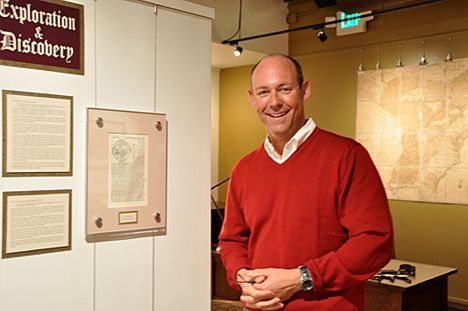
Michael Stone stands before the “T-O Map,” a document that attempts to wed ancient geography to the Tribes of Israel. It represents the physical world as first described by the scholar Isidore of Seville, who died April 4, 636.
Michael Stone, a graduate of Duke University and Harvard Business School, and founder of Westwind Investors LP, a private investment firm, is opening the Map and Atlas Museum of La Jolla this month in San Diego. He seems surprised his hobby for the last 20 years has come to this, the largest map museum west of the Mississippi.
“I was lucky,” Mike Stone says, “The space had been rented before for a music business. It had limited access and light, both perfect for a museum. I was delighted and stepped right in.”
Stone and his wife, Karen, were living in Connecticut 20 years ago when he bought his first map at the Lancaster Fair in Pennsylvania, a Blaeu atlas of the Americas. He now has about 500 maps, with more than 100 on display in the museum. Asked which map is his favorite, Stone starts by saying the question is unanswerable then allows it might be a De Wit atlas on silk (an unusual format — although, in World War II, Allied pilots wore silk scarves with “escape maps” of Europe printed on them in case they were shot down.)
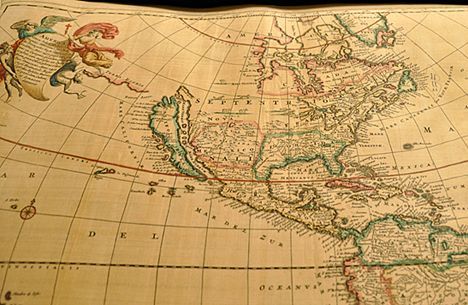
The Dutch cartographers produced most of the commercial maps in the 17th century for maritime use as geographically important, we read, but some also designed maps “to appeal to a mass market, [as] objects of beauty independent of cartographic content.” Frederick de Wit’s untitled atlas with its 150 engraved and etched maps was published in Amsterdam around 1668.
Stone opens the massive box holding the De Wit and we can’t help thinking: Beautiful though Mike’s collection is, it’s huge and Karen must have been pleased to get the collection out of the house.
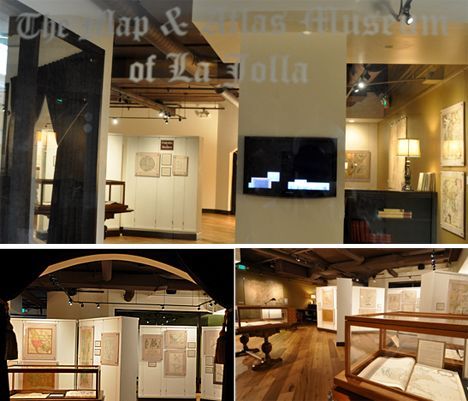
The museum is beautifully laid out. De Wit would have been pleased to have the maps laid out in such elegance.
Pleasing to anyone with a British medical background might be the huge map hanging behind Stone’s desk: “Colonial North America, John Mitchell. 1755.” Mitchell was the son of a wealthy Virginia family who had an interest in botany. He went to medical school in Edinburgh but completed only two of its three-year program in medicine. Mitchell returned to Virginia and later, in poor health, he went back to Great Britain where a developing interest in natural history led him to map making -- and the famous map that bears his name.

Mitchell wanted to document Britain’s claims in North America and was concerned about France’s competitive claims. The final version of his map was so respected it was “consulted during the 1783 Treaty of Paris to draw the boundaries of the new United States.”
Stone crosses over the floor to point out a vellum manuscript map of New England and Canada that was made for a similar purpose -- to show the division of French and U.S. interest in those regions.
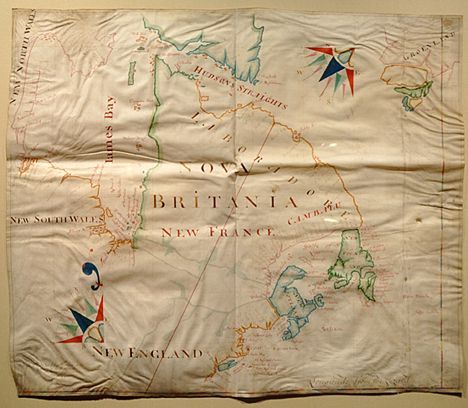
The manuscript map was made to show the lands of the Hudson Bay Co. There was great interest when it went on sale at auction and Stone is clearly pleased he managed to acquire it.
Another map that charms the owner of this special museum is the woodcut World Map of Gregor Reisch, 1503. It shows the prevailing winds blowing around the edges of the world as depicted by faces with puffed up contorted cheeks, with one of the faces, Vulternus gazing out to Asia, wearing reading glasses!
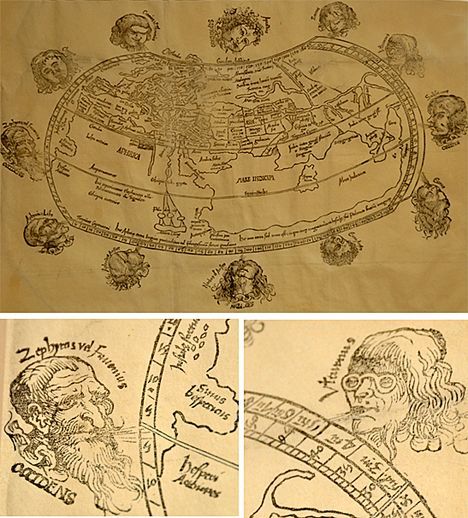
At a time when charts often carried threatening notes on the margins: “Here Be Monsters,” Reisch’s 12 heads representing the various winds are represented almost humorously with relatively benign faces. The notice beside the map reads: “It is remarkable that one of the earliest surviving depictions of spectacles should be on a map. The item itself can be traced back to Roger Bacon in the thirteenth century.”
This will not be a museum for quick token visits. There is too much to see and digest. Noticed almost on the way out is a book labeled, “Columbus’ Ship Among the Islands in the New World, 1493.” It is the Columbus Letter republished in book format by Gerardus Carolus in Basel in 1494.
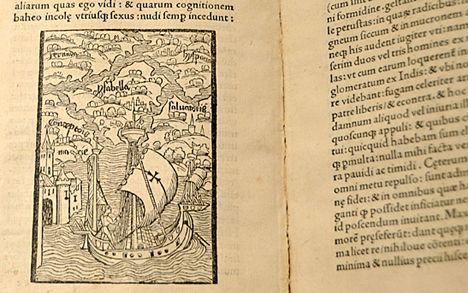
The illustration shows Columbus’ maiden landfall in San Salvador and the text reads: “At roughly two hours past midnight one Juan Bermejo from the Pinta yelled Tierra and the vessel fired its canon, signal for the sighting of land.
The Andersons, who live in San Diego, are the resident travel & cruise columnists for Physician's Money Digest. Nancy is a former nursing educator, Eric a retired MD. The one-time president of the New Hampshire Academy of Family Practice, Eric is the only physician in the American Society of Travel Writers. He has also written five books, the last called The Man Who Cried Orange: Stories from a Doctor's Life.
